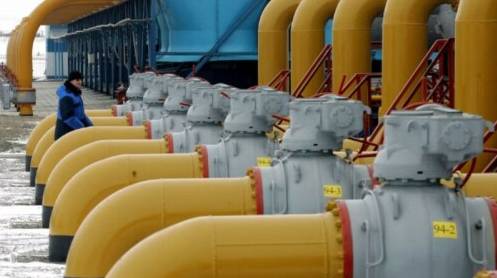The power sector transition from vertically integrated utilities (VIUs) to a competitive market structure has been a global trend since the 1980s, aimed at enhancing competition, efficiency, liquidity, reducing costs, and improving service quality. In the context of the Government of Pakistan (GoP), several challenges have hindered this transition since three decades. The heavy concentration of investment, operations, revenues, payments, and returns within government-controlled entities creates inherent conflicts of interest and barriers to privatisation and competition. This often leads to inefficient decision-making, bureaucratic delays, deteriorating service and a lack of accountability. Additionally, political influence over the sector results in decisions that are more politically motivated than economically rational, further impacting meritocracy, efficiency and performance.
Despite the approved WAPDA restructuring strategic plans set in the 1990s, the pace of implementing market reforms has been slow over the last three decades, and the persistence of monopolistic structures hampers competition and innovation. The transition from VIUs to unbundled and corporatised entities (generation, transmission, system & market operations, distribution and supply business) is partial, government controlled leaving inefficiencies and a lack of true market competition. Furthermore, regulatory bodies often lack the independence and authority needed to enforce market rules and ensure transparent regulations and fair competition, while limited capacity within regulatory and institutional frameworks impedes effective oversight and enforcement for the government owned businesses.
To address these challenges, in recent year several interventions are made for market reform at policy and regulatory level under the competitive trading bilateral contract market (CTBCM) regime, wherein the legal, policy, regulatory and institutional frameworks and capacities are developed but the prudent and rationale determination of wheeling charges and declaration of commercial operations date (CMOD) need to be determined for operationalisation of wholesale electricity market (WEM) under applicable laws that promote competition, protect rights and provide choice of suppliers to consumer, and ensure fair market participation. Creating an efficient, liquid and stable market with predictable policy environment can attract private investment and foster long-term integrated system planning and liberalisation. Strengthening regulatory bodies by establishing truly independent regulators with the power to oversee the market, enforce regulations, and adjudicate disputes, along with investing in capacity building, is essential for improving their effectiveness and efficiency.
Operationalisation of the institutional reforms as per the applicable policy and regulatory framework, such as completing the unbundling of distribution companies to network and supply business, legal separation of system operations from NTDC and market operations functions from CPPAG into separate entities and managed as non profit business by private and independent board of directors to encourage transparency, competition, and much awaited privatization of generation and distribution entities to reduce government dominance and attract private sector expertise and investment, are necessary steps. Implementing competitive wholesale electricity market is need of the time and adoption of auctions based power procurement by Distribution Companies, competitive bidding for new capacity with bilateral contracts made equal their capacity obligations, and open access ensured for wholesale electricity markets, can foster a more efficiency, liquidity competitive environment. Empowering consumers with choices starting at wholesale level leading to retail competition, allowing them to select their electricity suppliers based on price and service quality, can also drive market efficiency, which current norm in most regional and global countries.
Encouraging investment by private sector in modern technologies and infrastructure to reduce losses, improve reliability, and enhance operational efficiency, along with eliminating uniform tariff and implementing differential tariff regime allowing performance-based tariff structure, for utility companies to meet efficiency and service quality targets, can improve the power sector financial viability and business sustainability. Learning from global best practices, such as the comprehensive unbundling and robust regulatory frameworks developed for liberalisation in the UK, Australia, India, Philippines and Brazil etc. and the benefits of regional market integration in Nordic countries, and the diverse market structures and state-level innovations in the USA, offers valuable lessons.
In conclusion, transitioning from a government-dominated, inefficient power sector to a competitive, efficient market requires immediate operationalisation, since the for effective implementation comprehensive and well-coordinated reforms across legal, policy, regulatory, institutional, and operational dimensions are already put on place under CTBCM regime with continued last 5 years efforts by ministry of energy sector, regulator and power sector entities. Ensuring the transparent market operations and addressing conflicts of interest and fostering a competitive environment few pending restructuring actions need to be fast tracked by government and regulator to ensure the timely declaration of CMOD and prudent determination of wheeling charges, which are crucial for achieving the goals of corporatization, privatization, competition, and efficiency in the power sector. The GoP and regulator must commit to these reforms to ensure a competitive, reliable, sustainable and consumer-centric efficient and liquid power sector.





